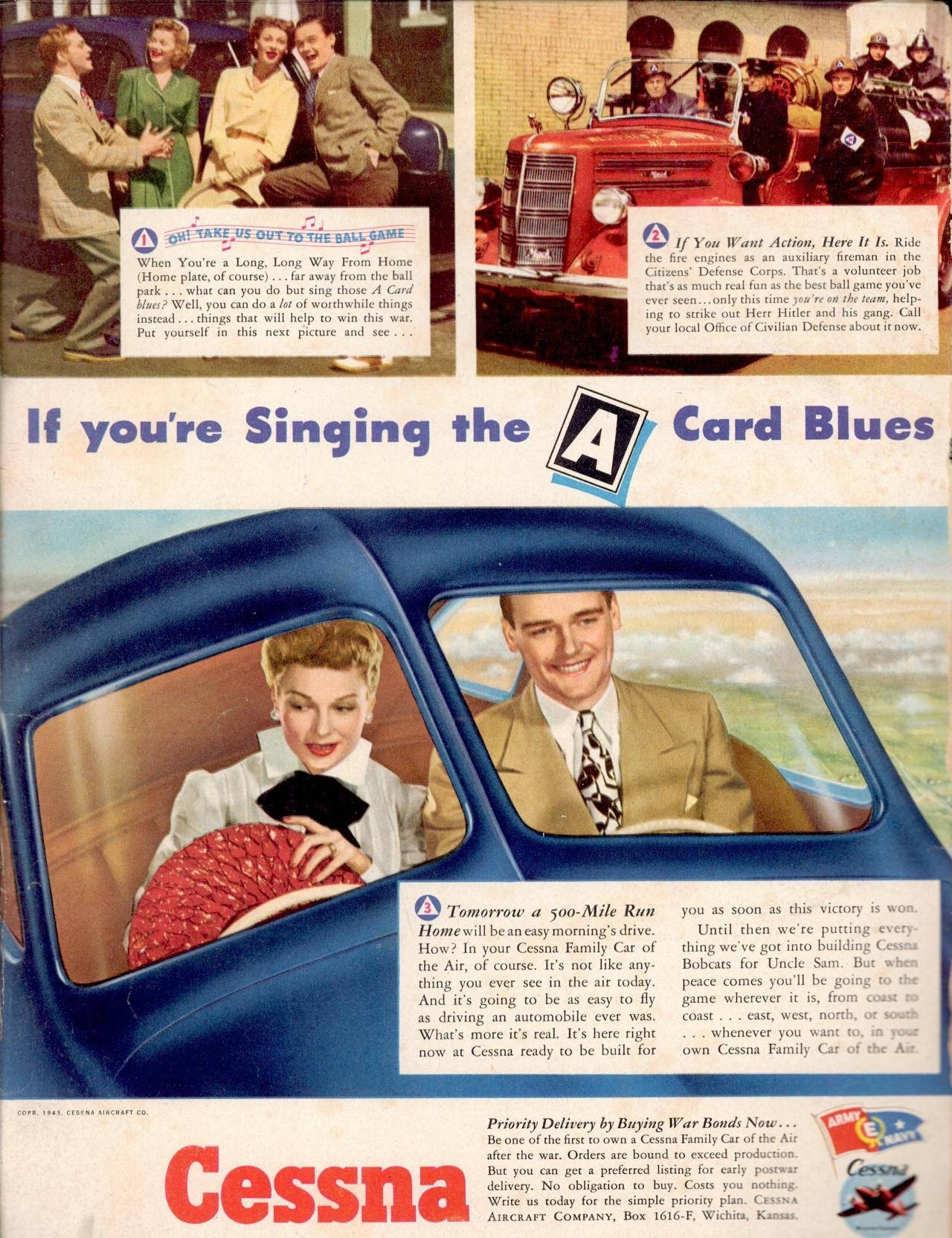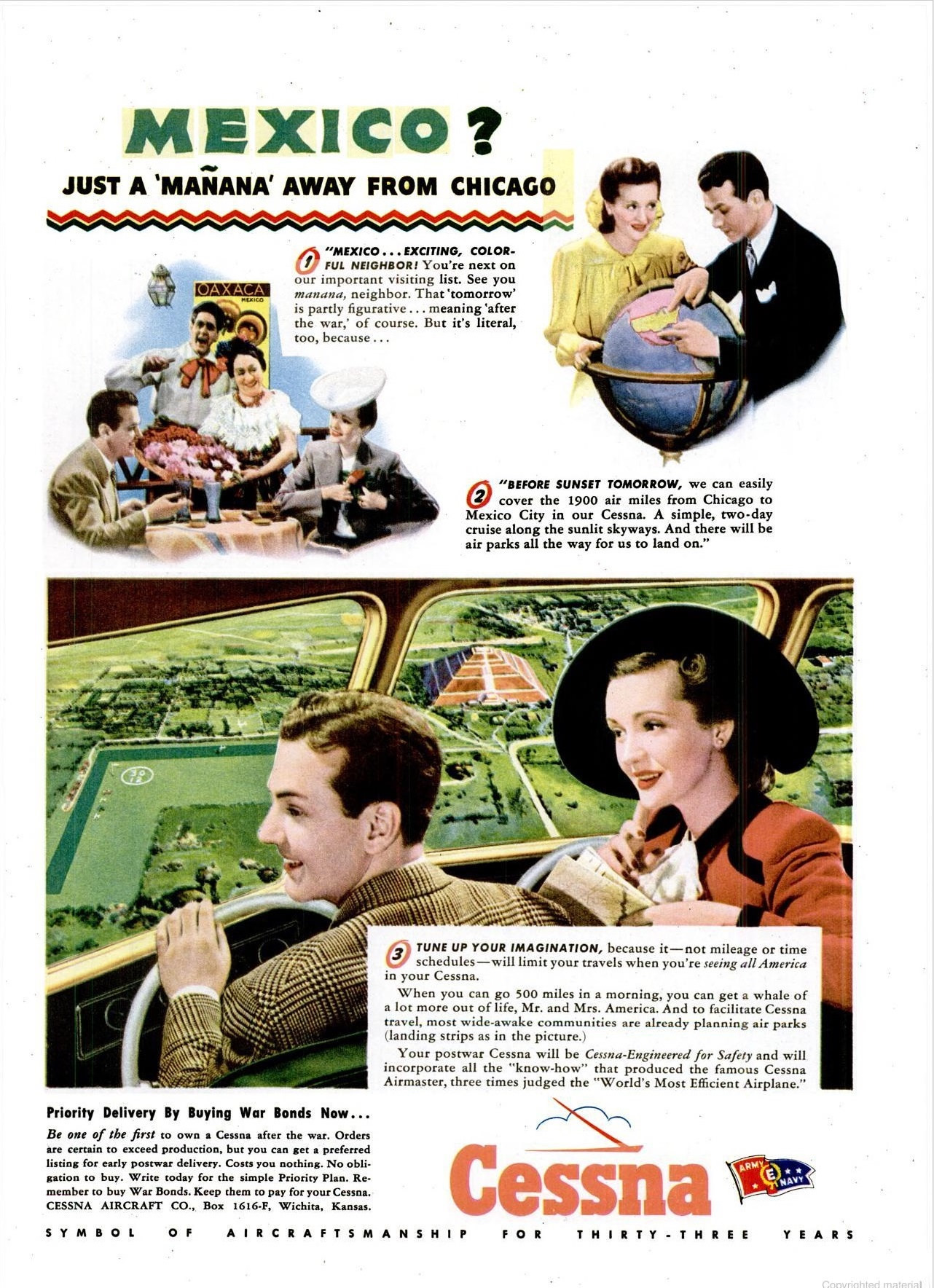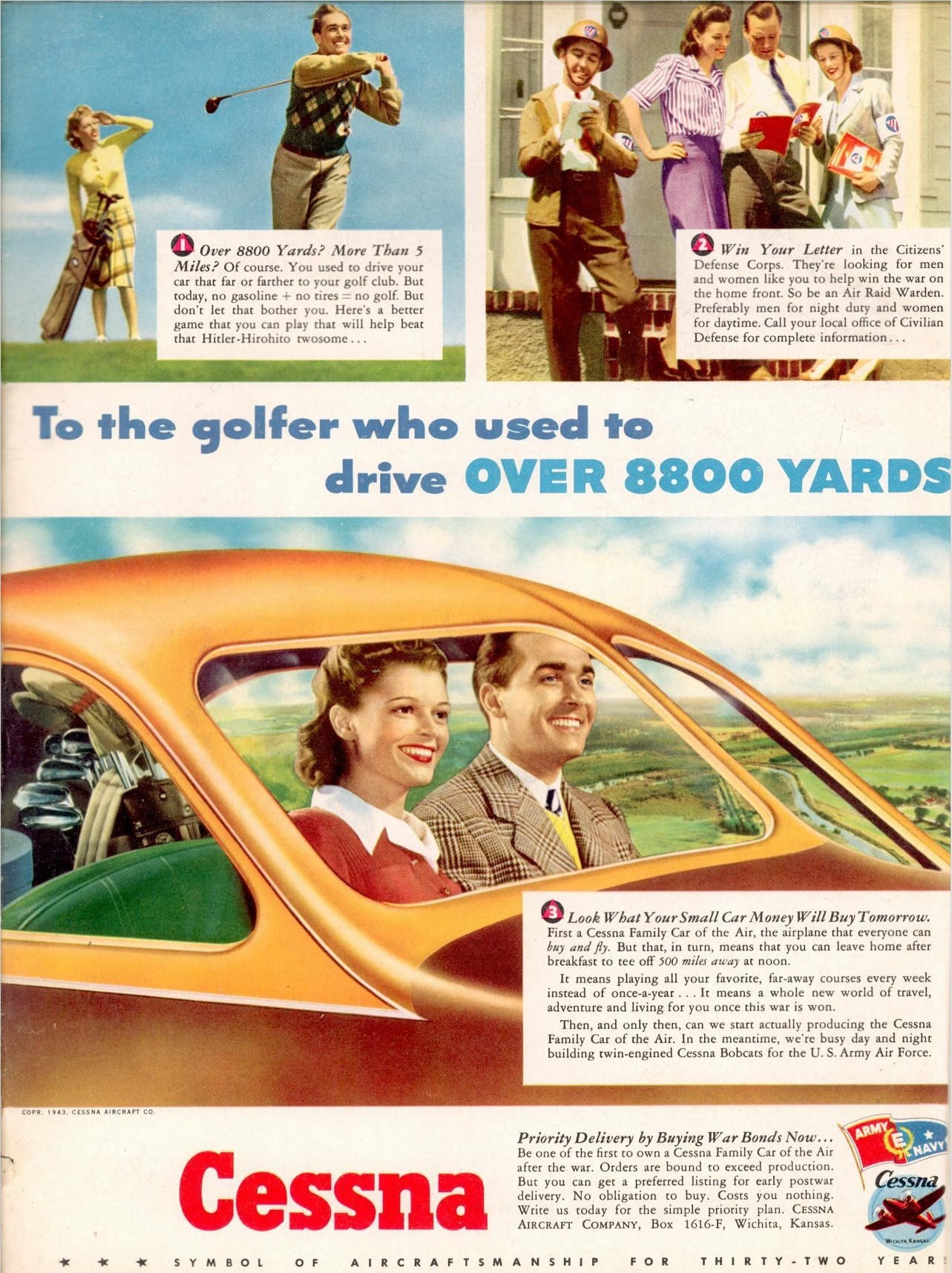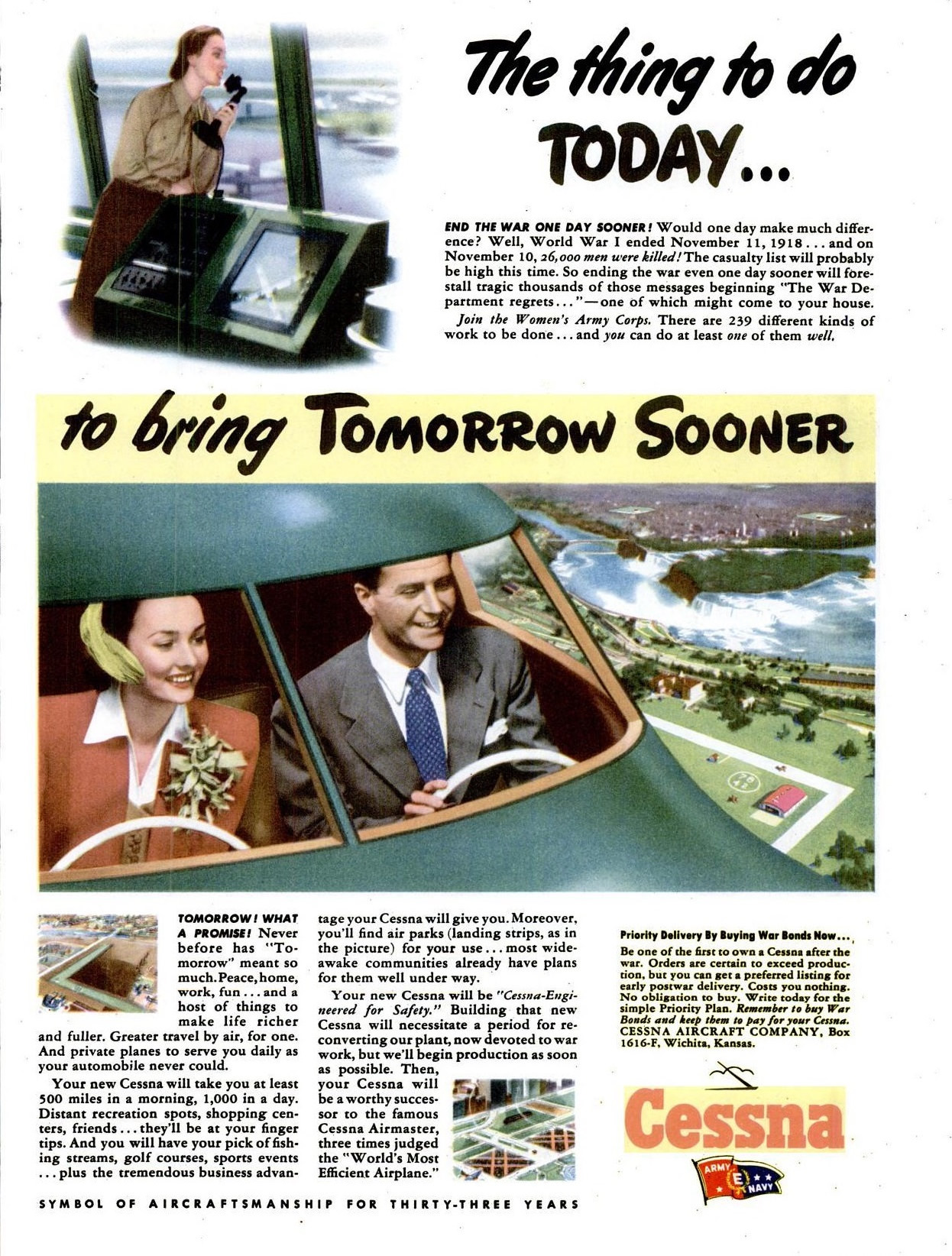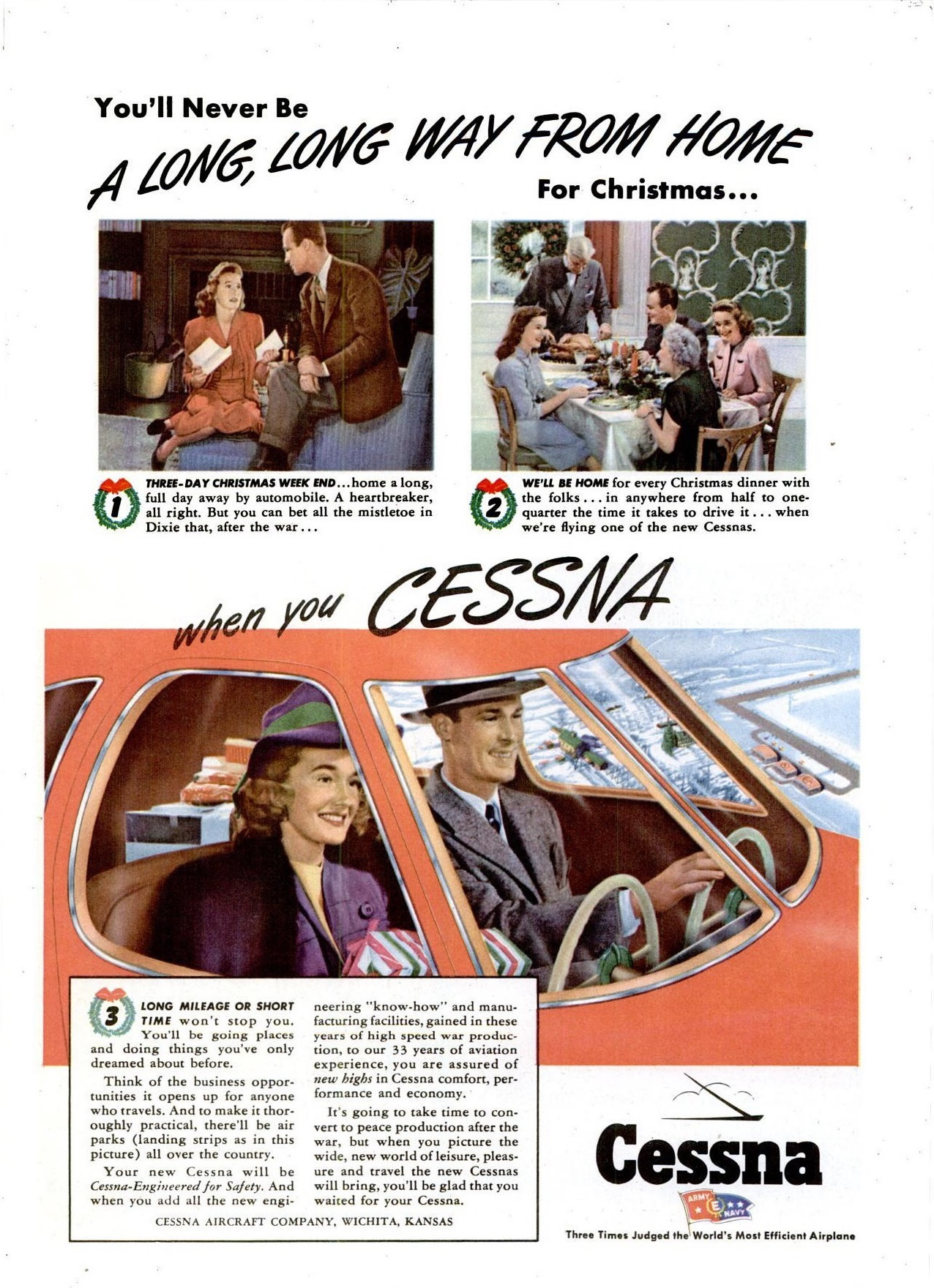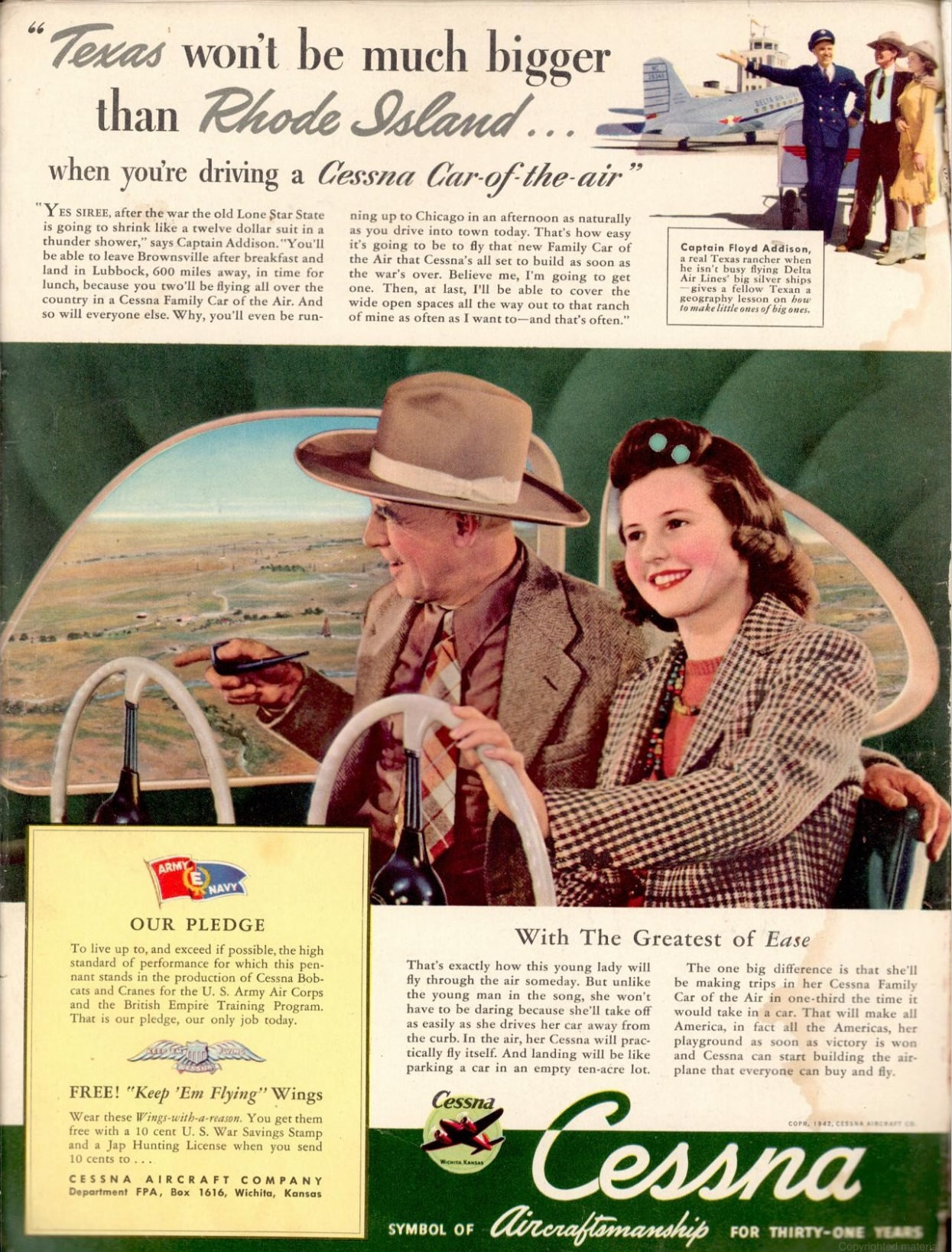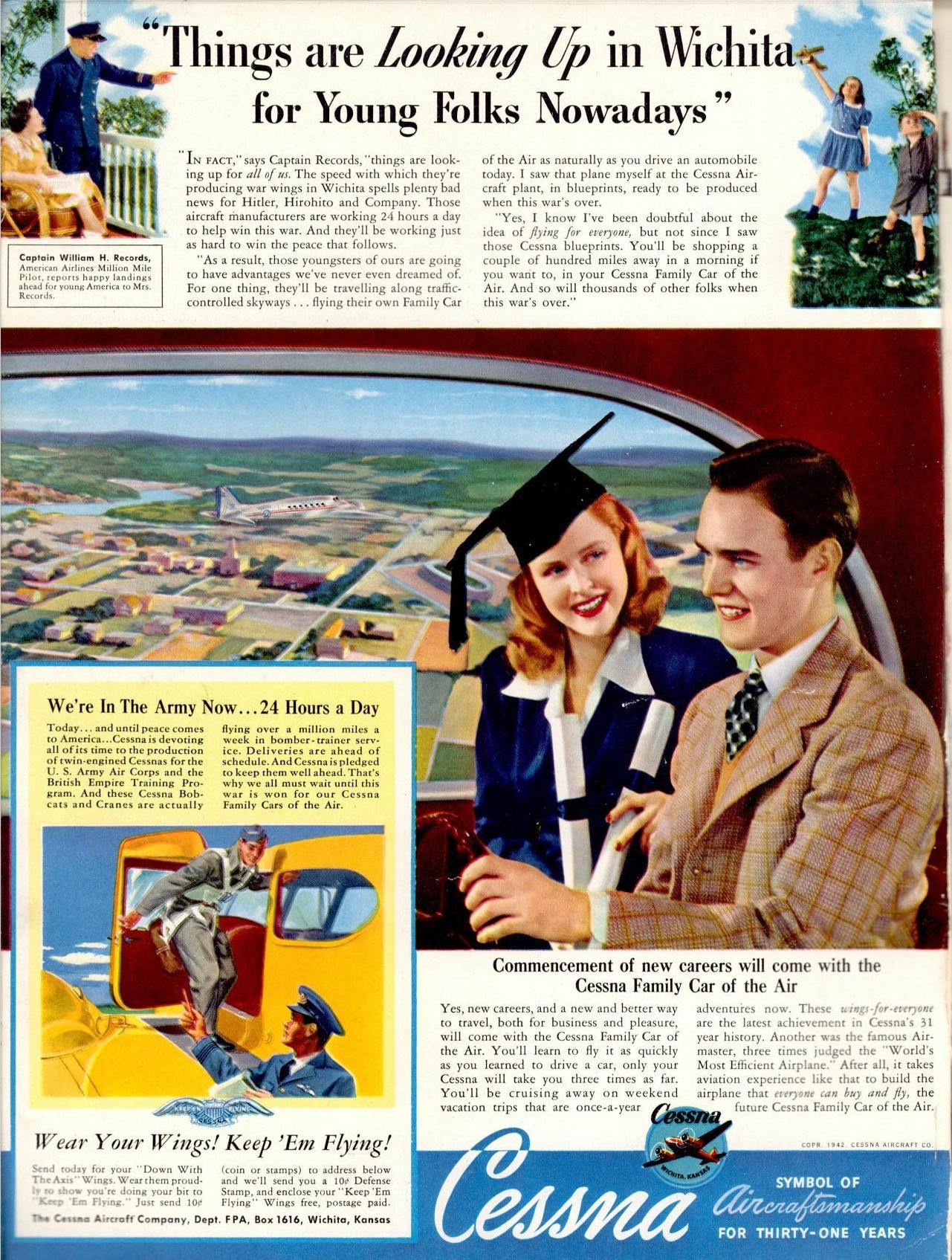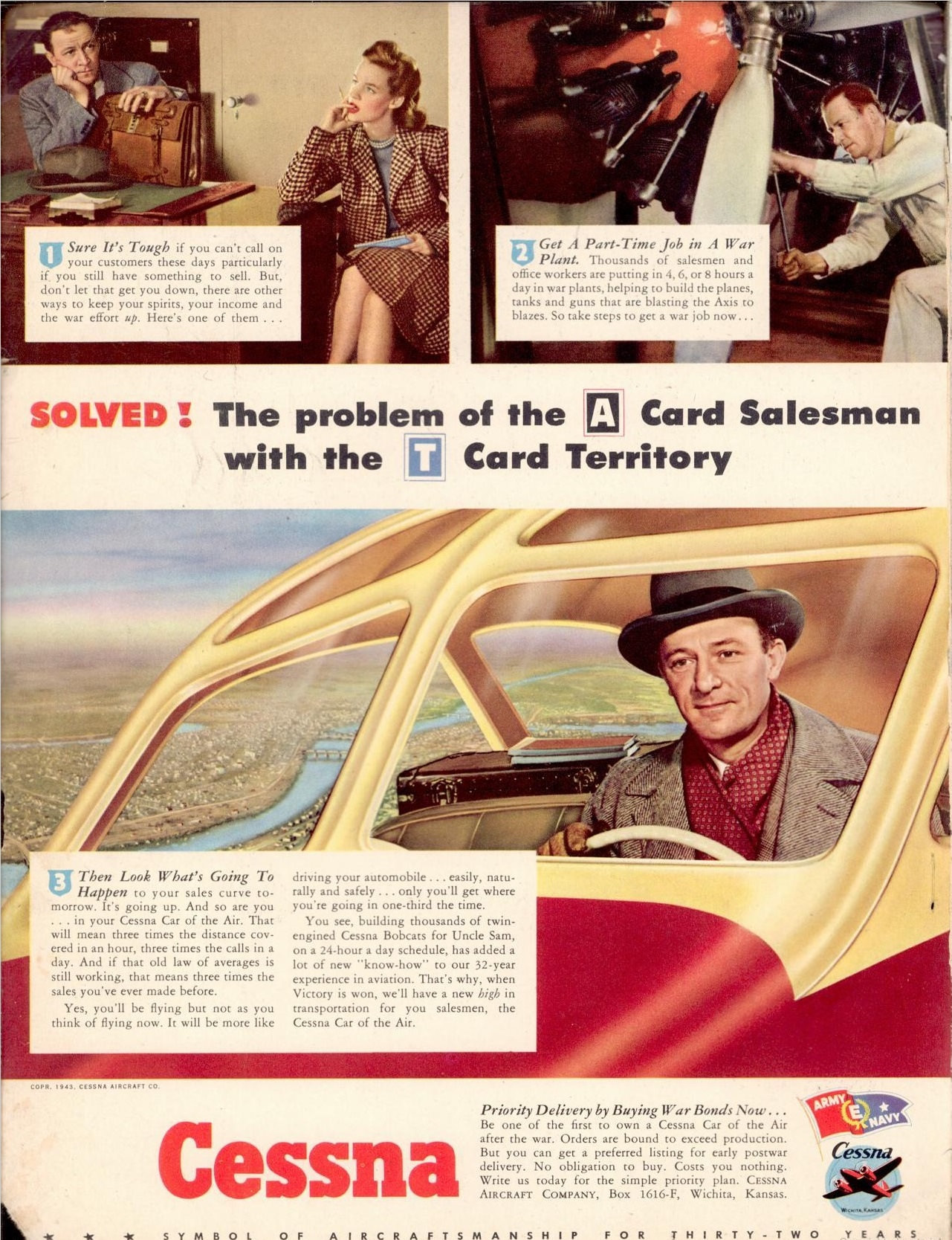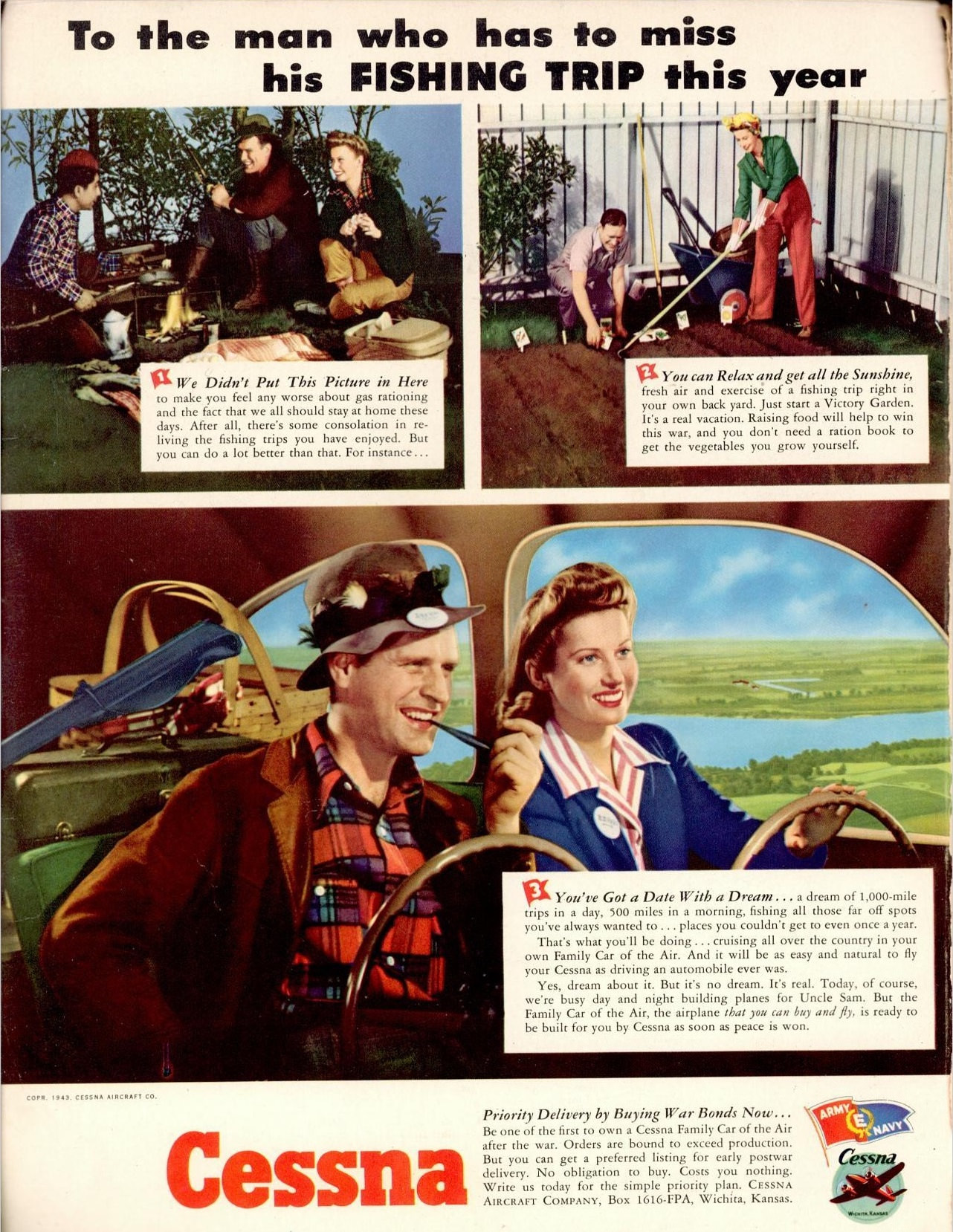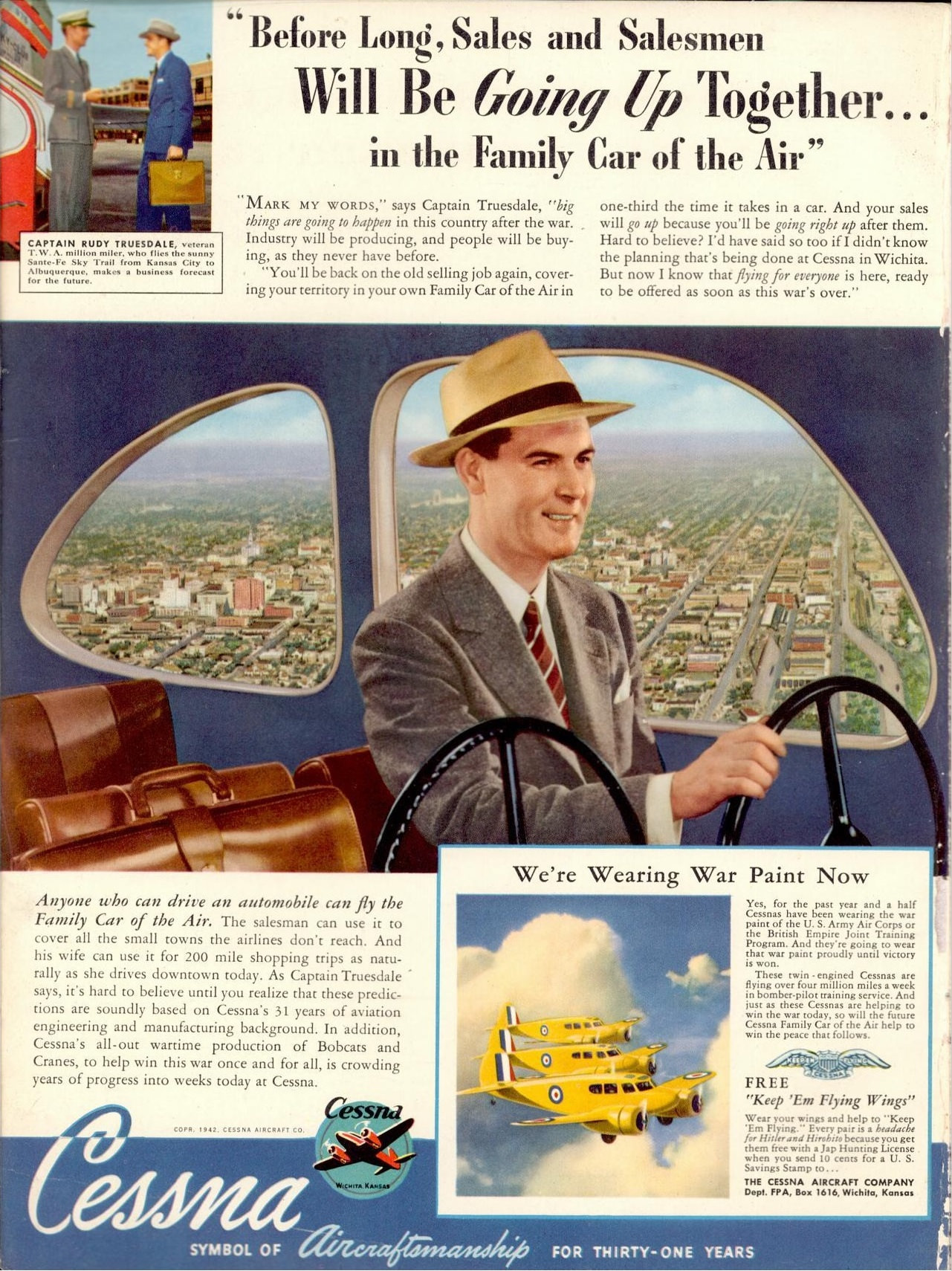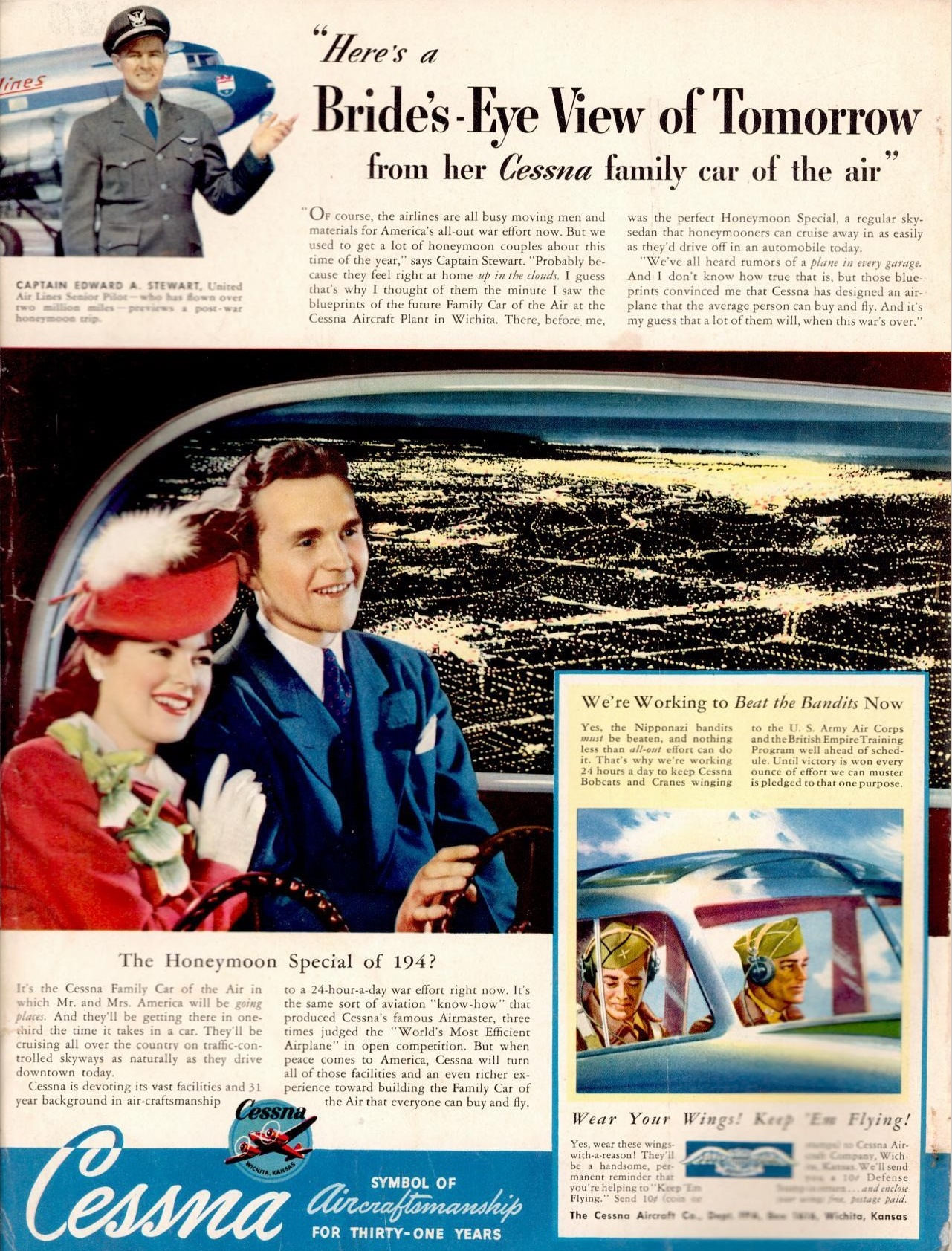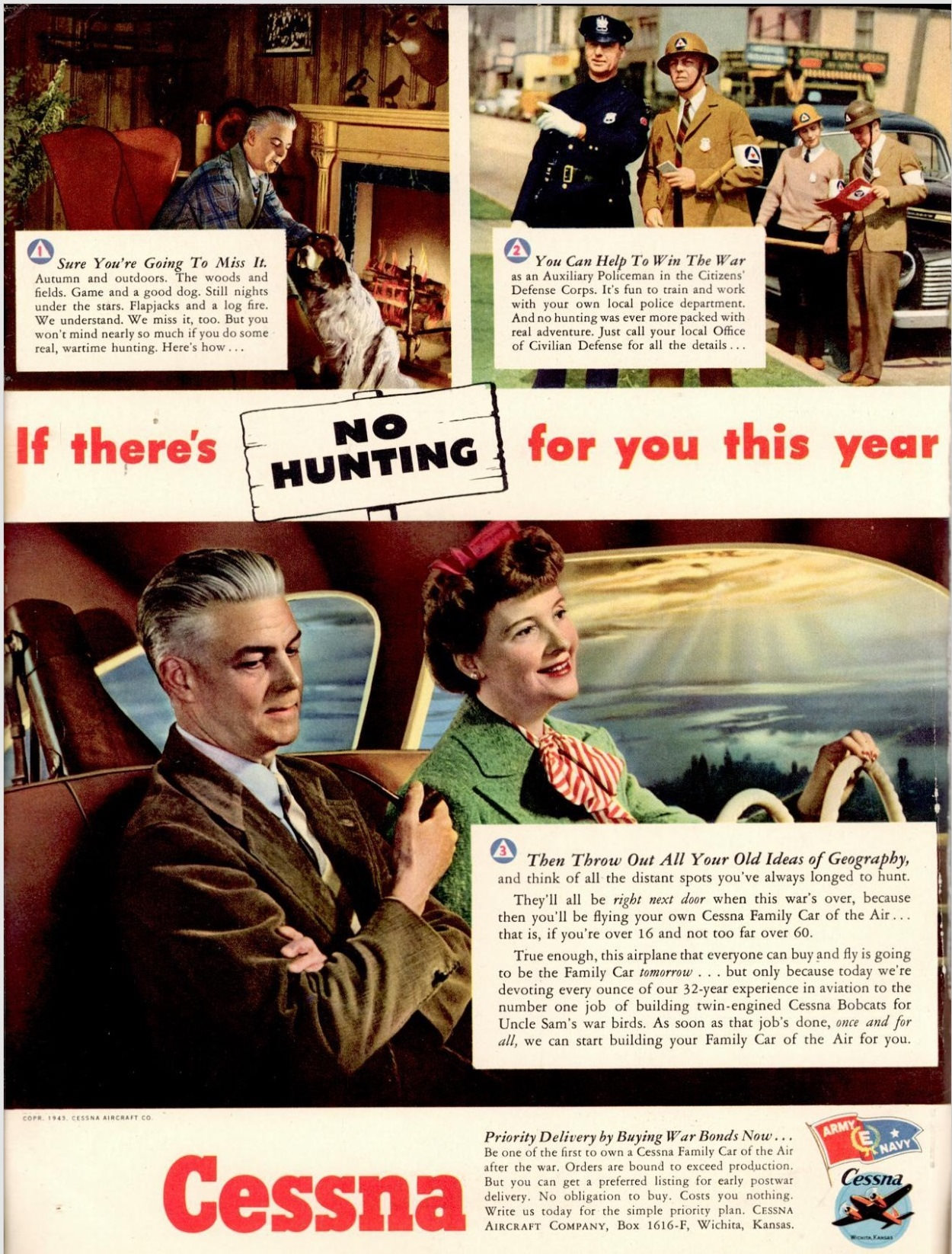Cessna Aircraft Company was a general aviation aircraft manufacturer headquartered in Wichita, Kansas. The company produced small, piston-powered aircraft, as well as business jets. Cessna was one of the world’s largest and most diverse producers of general aviation aircraft for much of the 20th century.
As a farmer in Rago, Kansas, Clyde Cessna built his aircraft and flew it in June 1911. It was the first time he had done so between the Mississippi River and the Rocky Mountains. Cessna began his wood-and-fabric aircraft ventures in Enid, Oklahoma, testing many of his early planes on salt flats. He moved to Wichita after bankers in Enid refused to lend him more money to build his planes. In 1927, Clyde Cessna and Victor Roos formed the Cessna-Roos Aircraft Company. One month into the partnership, Roos sold back his interest to Cessna. After that, Roos’s name was removed from the company’s name.
The Cessna DC-6 was certified on October 29, 1929, the same day as the stock market crash. Due to the Great Depression, Cessna Aircraft Company closed in 1932. However, Cessna’s CR-3 custom racer made its first flight in 1933. The plane won the 1933 American Air Race in Chicago and later set a new world speed record for engines smaller than 500 cubic inches, averaging 237 mph (381 km/h). Dwane and Dwight Wallace, Cessna’s nephews, bought the company in 1934. The company was reopened and began its journey to global success.
In 1937, Cessna introduced the C-37 as their first seaplane equipped with Edo floats. In 1940, Cessna received its most significant order when it signed a contract with the U.S. Army for 33 specially equipped Cessna T-50s. In 1940, the Royal Canadian Air Force ordered 180 T-50s.
A few vintage advertisements for Cessna aircraft were published between 1942 and 1943. In 1985, General Dynamics purchased the company, and in 1992, Textron acquired it. When Textron Aviation purchased Beechcraft and Hawker Aircraft in March 2014, Cessna ceased operations as a subsidiary company and joined the other two brands.


